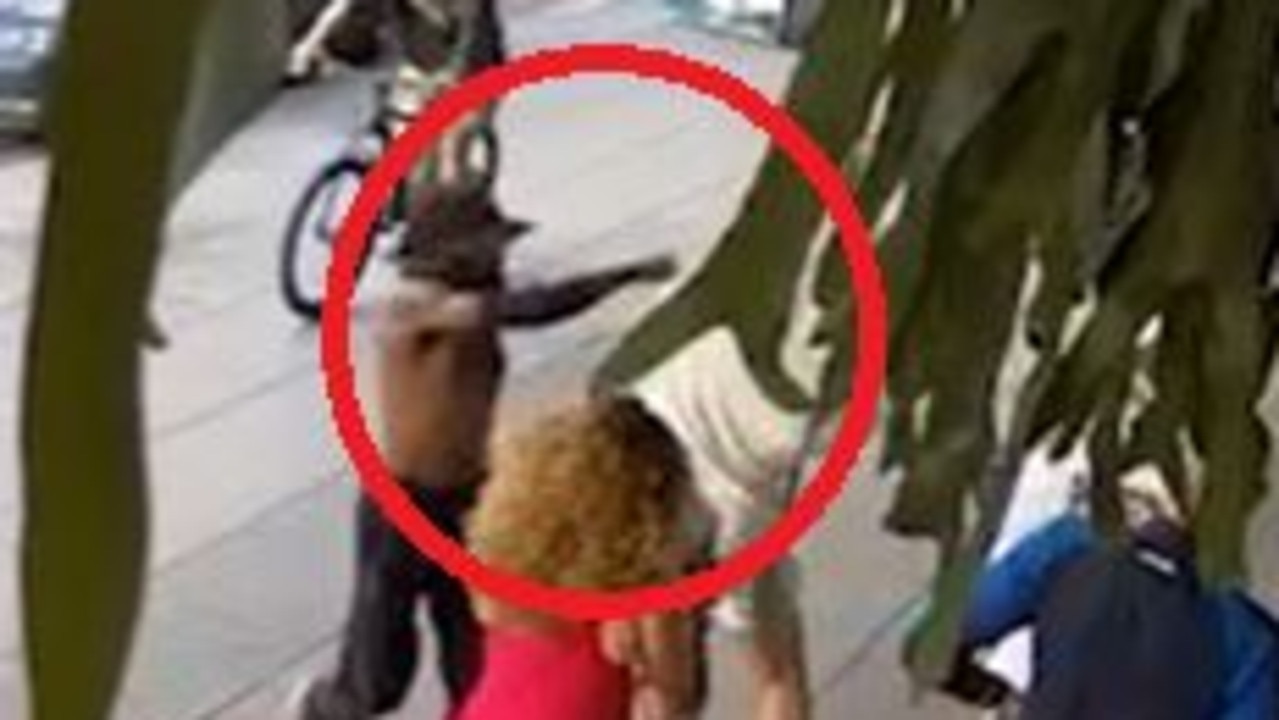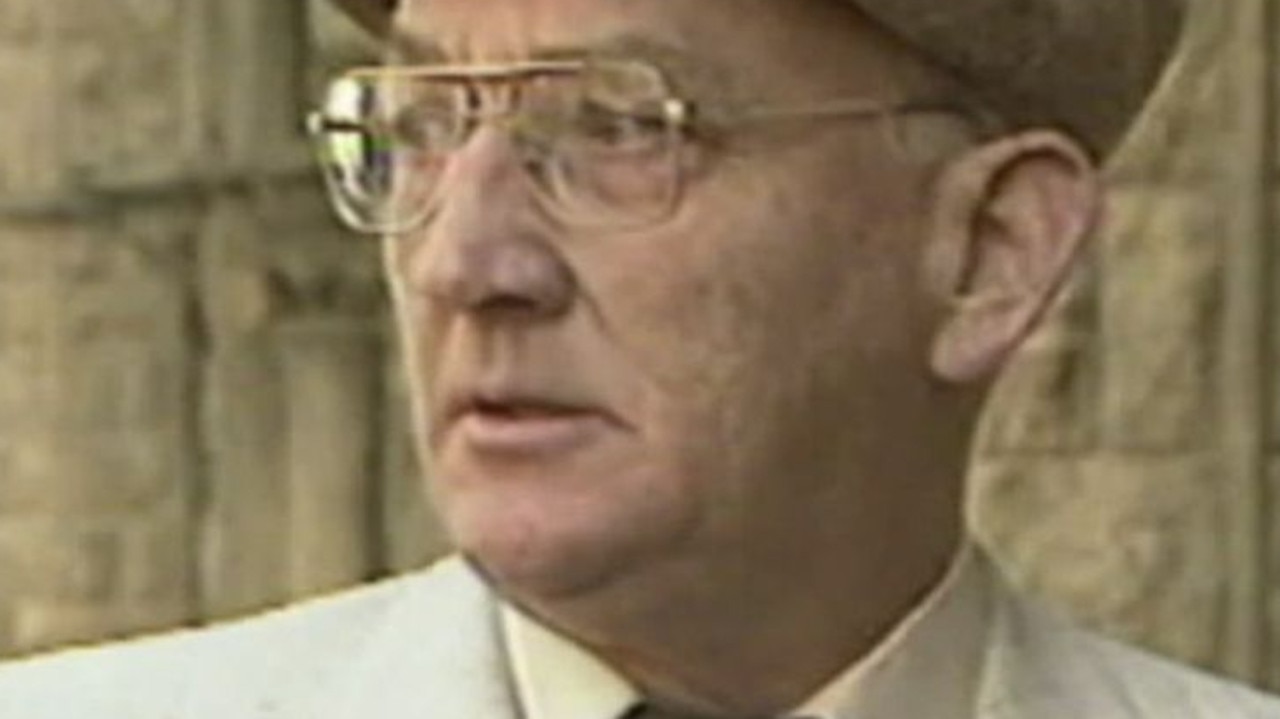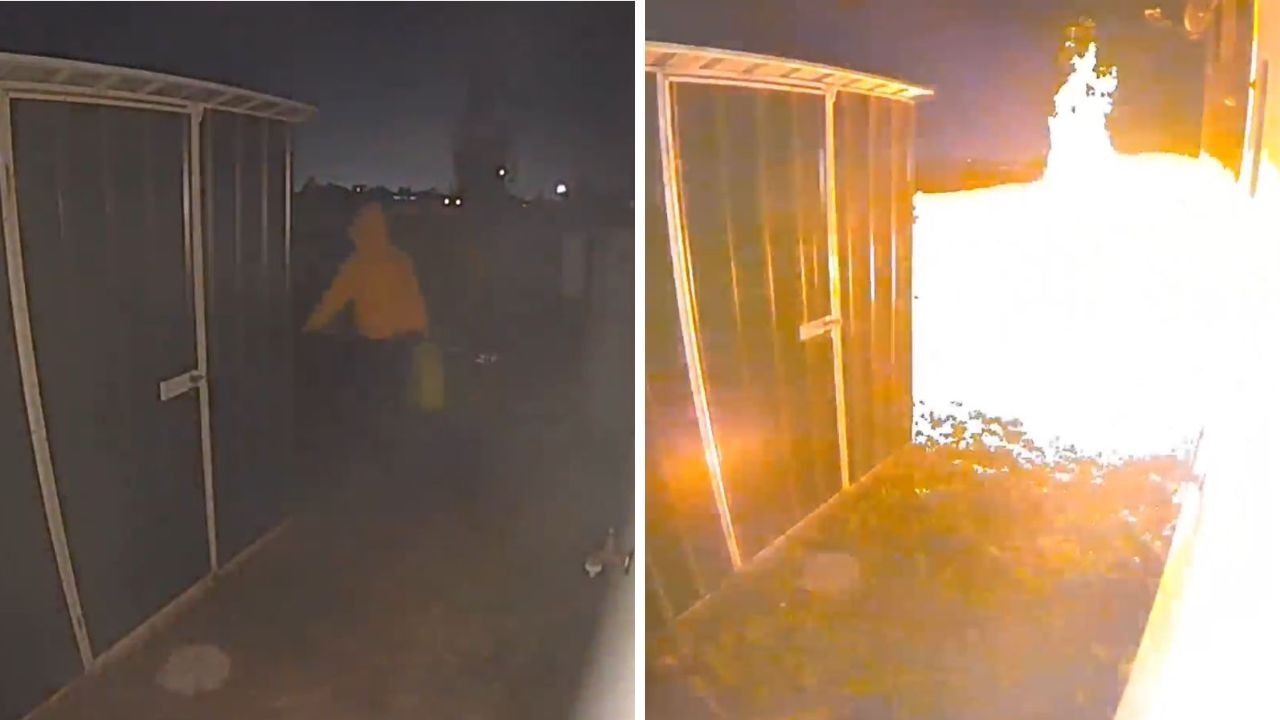Slavery: Australia’s hidden shame is being uncovered
IT HAPPENS behind closed doors in homes all around Australia with increasing regularity and the numbers are simply staggering. WARNING: Graphic.
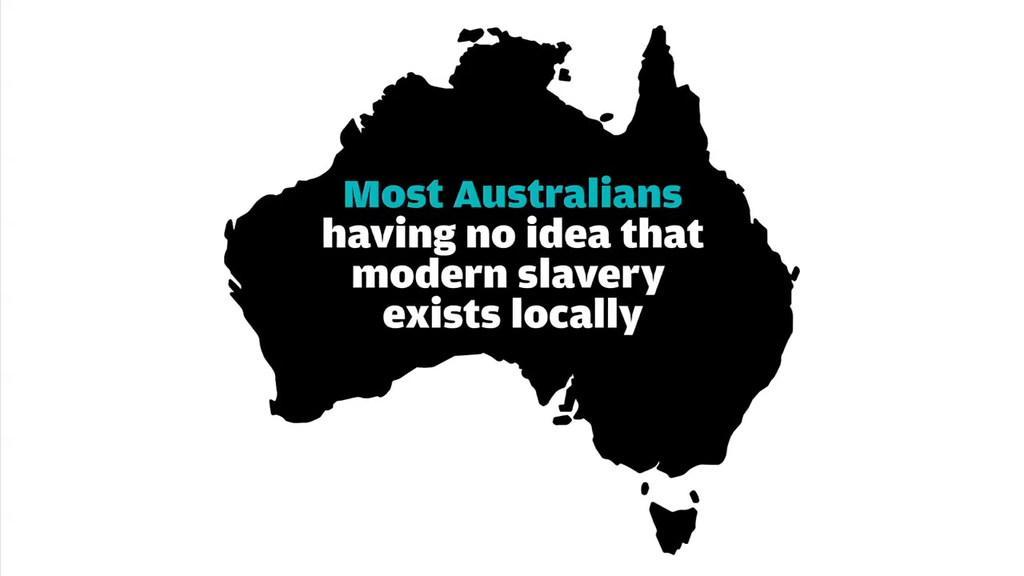
WARNING: Graphic
WHAT Graeme John Slattery did to a woman in his garage will go down as one of the sickest crimes in Australian history.
Slattery, from Warrnambool on Victoria’s south-west coast, kept a slave against her will and forced her to drink motor oil and stand on her head while naked.
He paraded his victim in front of other men, shaved her head and pierced her nipple.
His crimes were carried out between 1996 and 1999 but he wouldn’t be sentenced until 2004. A judge labelled him “violent, sadistic and gross” and sentenced him to 14 years, The Warrnambool Standard reported.
At the time, slavery was unheard of. Fast forward two decades and it’s anything but.
A Melbourne court last week heard how a man allegedly reduced his wife to a slave. He is accused of keeping her locked up against her will and feeding her little more than bread and pickles.
The man, who cannot be named, faced charges in the Melbourne Magistrates’ Court of intentionally reducing a person to slavery.
In a separate case, a Melbourne couple, Kandasamy Kannan and his wife Kumuthini, are due back in court this month to face allegations they kept an Indian immigrant as a slave, beating and mistreating her until she collapsed. The couple have pleaded not guilty to the charges.
This week, we learnt that girls as young as 12 were being kept as sex slaves and used as prostitutes in Sydney’s west.
The Daily Telegraph reported that vulnerable girls were pimped out to older men in seedy motels after being recruited through Facebook.
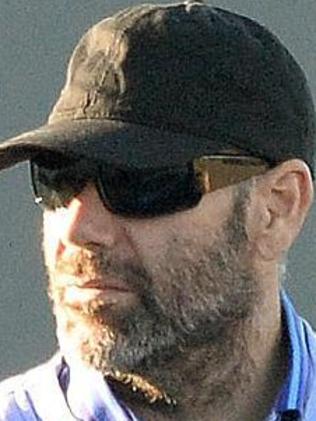
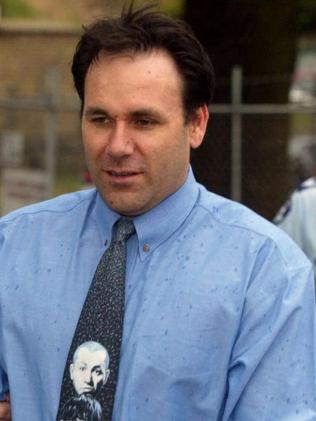
If one thing is clear, it’s that the problem no longer exists exclusively in countries outside of Australia. And it’s a problem that is no longer being hidden.
The Federal Government is taking it so seriously that right now they are in the process of establishing a Modern Slavery Act.
Dr Jennifer Burn is director of Anti Slavery Australia at the University of Technology, Sydney and a professor of law. According to her, slavery has never been a bigger problem in Australia than it is right now. The numbers suggest she’s right.
Between 2004 and 2007, Australian Federal Police looked into more than 900 allegations of human trafficking and slavery. Dr Burn says between 2016 and 2017 the AFP has taken 150 referrals and investigated close to 100 of those.
She says no longer can we ignore what’s plain and clear.
“We know this is happening in Australia,” she told news.com.au. “There’s been a view for some time that slavery has historically only affected women from Southeast Asian countries who were trafficked to Australia, but that’s not the case.”
Dr Burns said slavery is common in Australia’s labour force, particularly “hospitality, construction and agriculture”. But, perhaps most disturbingly, it’s happening in suburban homes behind closed doors.
“We’ve seen recently there’s been an increase in cases that test the nexus between family violence and slavery-like practices,” she said. “There have been a number of cases that cross the line from one to the other.”
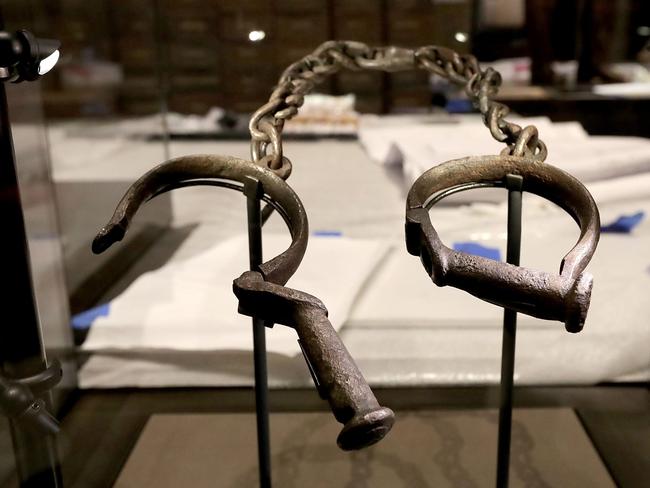
Dr Burn works with survivors and says slavery is being carried out in Australia across the board, and across cultures.
“Our current case load has survivors from 47 different communities from many different background,” she said.
“It takes place for many different reasons — it’s exploitation for profit, it’s in private homes, but it’s not limited to any particular group.”
The Australian Parliament launched an inquiry into modern day slavery in 2017 and published its findings in a report titled Hidden in Plain Sight in December 2017.
“Slavery is one of the most appalling crimes in human history,” the report states. “Regrettably, the term ‘modern slavery’ reminds us that slavery and slavery-like practices are still prevalent around the world today, including here in Australia.”
The inquiry heard how, among other things, Malaysian workers were “brainwashed” and trapped on farms after moving to Victoria to seek a better life.
The Guardian reported that fruit pickers were lured to Australia then “paid a pittance, kept in overcrowded homes with exorbitant rent and effectively trapped in debt bondage”.
Saiful Hasam, a reporter from Malaysia, uncovered the horrific conditions on a fruit farm in Swan Hill. He told the slavery inquiry there were “a thousand sad stories ... basically the same story”.
“They are struggling,” he said. “For the newbies, they are very struggling and keep thinking, ‘today I have to settle how many trees just to pay rental? After finish that part, then we are struggling to collect enough money for the food’.”
One recommendation from the Hidden in Plain Sight report is for the establishment of an Independent Anti-Slavery Commissioner and Modern Slavery Act. That’s likely to come into effect before the end of the year.
Dr Burn said it’s a major step in the right direction.
“What we believe is making this Act is an opportunity to focus on survivors,” she said.
And to shine the light on a crime that’s for too long been ignored or gone unnoticed.


